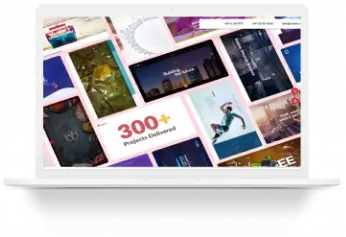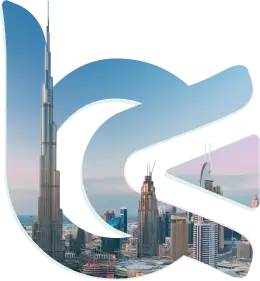
It Takes Only 16 Minutes to Manage your Social Media for Business
March 19, 2018
AI in Social Media – Is Your Brand Making the Most of it?
March 29, 2018Textures in Web Design – How Can Your Brand Incorporate Texture into Your Website?
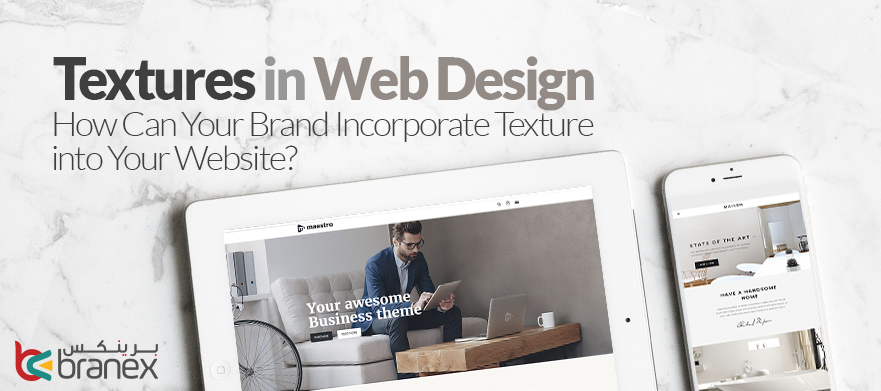
The texture is a unique and powerful design technique to create compelling, real and breathable website designs, and mastering the art of incorporating textures and patterns can take your design to a whole new level. In short, it is one of the most effective techniques to add life and depth to any design.
Usually, texture relates to the feel of an object or the surface quality. The warmth and silky sensation of soap bubbles caressing your skin in the bath, the way the rough and warm fabric of the woolen blanket chafes against your skin, the delicacy of a silk gown whispering against your leg, or the gentle tickle of hair cascading down your shoulders; all these experiences and sensations are solely created by texture.
In the web design realm, the texture is a magical thing that creates physical illusions and all types of visual elements. To create aesthetically appealing, lifelike and mesmerizing designs, many professional designers have started using the idea of subtle textures and patterns in their website design projects. These subtle textures have gradually become synonymous with many websites as they can lend them a unique, chic and outstanding look. Moreover, incorporating delicate textures and patterns into your web designs can create a great sense of realism that attracts more and more visitors.
The use of patterns and textures in web design has come to a long way from gaudy vintage and cliché grunge textures, to the use of textures to create a more immersive experience, create a more refined look and feel, and define the personality of the site. Different kinds of textures have myriad effects on the design aesthetics of your website. Being a professional web designer, it is your responsibility to choose the right texture and pattern for your website.
Table of Contents
Related Read: Stellar Website Design Trends that are Going to Surface in 2018
Some textures emulate the roughness of a chalkboard, which is indeed a perfect choice for websites that are high on hand-drawn themes. On the other hand, fabric textures are widely used for websites that offer sewing services and threading products.Each type of texture can help web designers add to the experience of a site by adding feeling, personality, and warmth.
Many brands are using these amazing textures in every aspect of their design to add liveliness to their websites and a touch of reality. However, some brands are just using them for accents. In addition, some websites are based on special themes which demand a touch of special effects to complete the design. Some websites incorporate stone, rust and fabric textures, while some prefer to use concrete, paper, and aged textures.
Regardless of the type of visual interest, you are aiming to create, incorporating texture and pattern into your website is a worthwhile decision to add an extra bit of detail that really makes your design pop. Here are some easy ways to incorporate texture into a web design that every web designer should know.
Natural Texture
One of the easiest ways to infuse a touch of nature in your designs is to start with natural texture. You can infuse a natural effect to your website by simply using the images of the crisp look of fresh grass, the velvet softness of a rose petal, a soft stroke of a feather, or any natural imagery that can mimic the exuberance of gorgeous every-day elements. Adding natural elements into your design can introduce a touch of aesthetic appeal, warmth, and vibrancy to the end product.
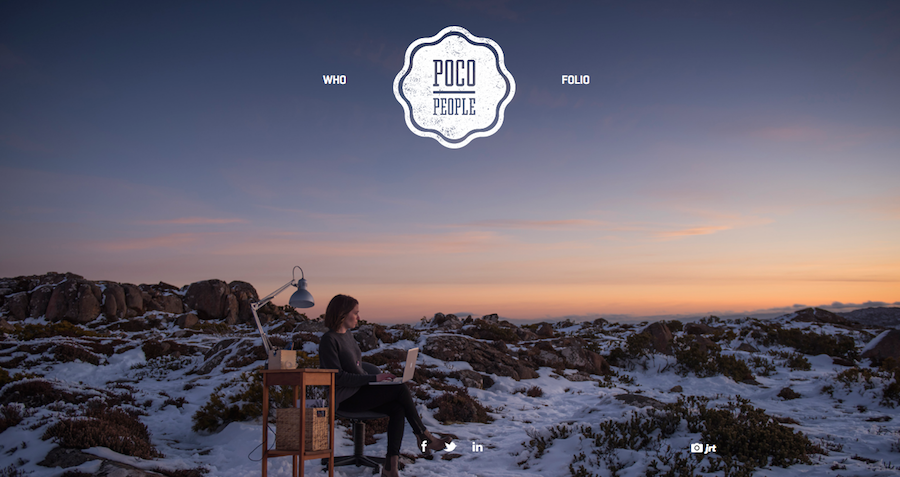
Image by 99designs
Check out the landing page of Poco People, a design firm that used natural texture in an image depicting the earthy ruggedness of the rocky, snow-covered terrain illustrating tons of tactility and overlay it with flat graphics. You can also use a natural-textured background to create a warm, in-depth and organic look by smartly conveying your message.

Image by Awwwards
Similarly, the banner image of the farmer and the chef is the epitome of how nature’s texture can be intertwined with graphic elements to create a compelling design. The vibrant and crisp vegetables, fresh from Mother Nature’s womb, grab the attention of the viewer with the richness of their texture and color and their earthy beauty, contrasting brilliantly with the bordered layout and rustic text at their center.
Artificial Textures
Unlike natural textures, artificial textures combine a plethora of imagery with human-fabricated objects and surrealistic patterns. Such textures harness the power of elements created by manufacturing, 3D design, and photography. By honing in on contemporary 3D visualization software, web designers can implement artificial textures into their designs in order to create an outstanding effect.
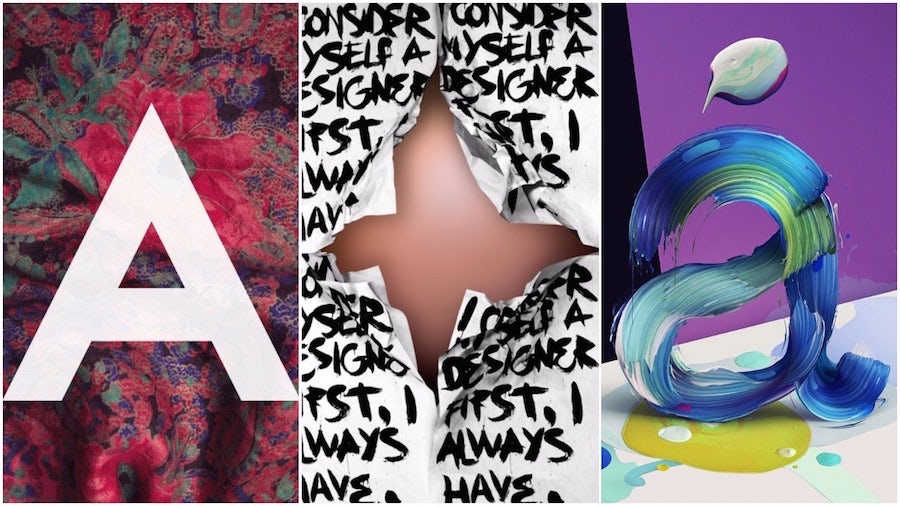
Image by 99designs
These three images are exquisite examples of the use of artificial texture to create a striking effect, accomplished by digital tools. All three images are texture-heavy and are a far cry from feeling real. In the first, the mesmerizing artificial fabric texture is overlaid with the striking symmetrical letter A, in order to give the appearance of contrast. While in the last, the vivid texture of the paintbrush allows you to see every paint stroke in detail, breathing a new life into each component of the design.
Tactile Texture
Tactile textures are used to attract viewer’s attention and create an urge to touch and feel the design. When it comes to print art, matte surfaces, glossy ink layers, and paper types augment physical interest in the design. Tactile texture is common across design elements, such as stationery design, business cards and magazines where the intention is to create a memorable experience that leaves a lasting impact on the users and foster a powerful bond between the physical and visual qualities of the design object.
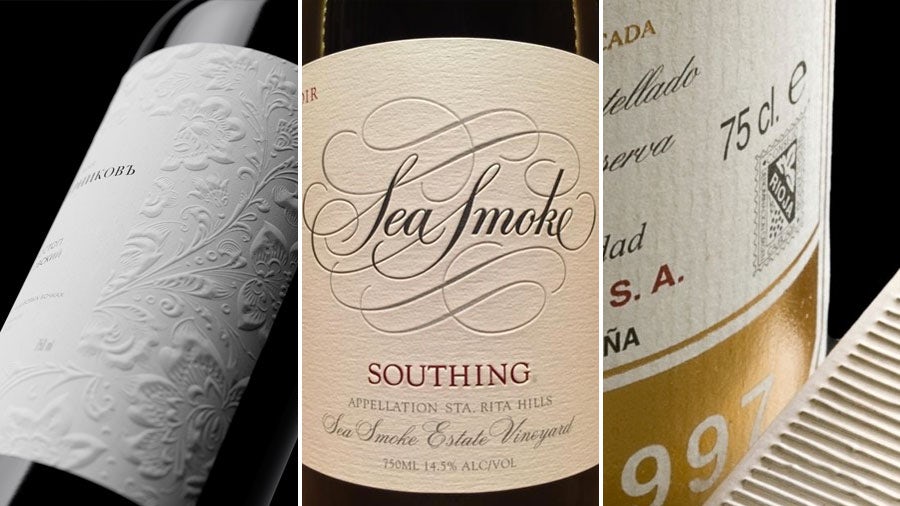
Image by 99designs
These tactile textures gallantly demonstrate the effect of embossing and subtle ridges while giving it a distinctive hand feel.
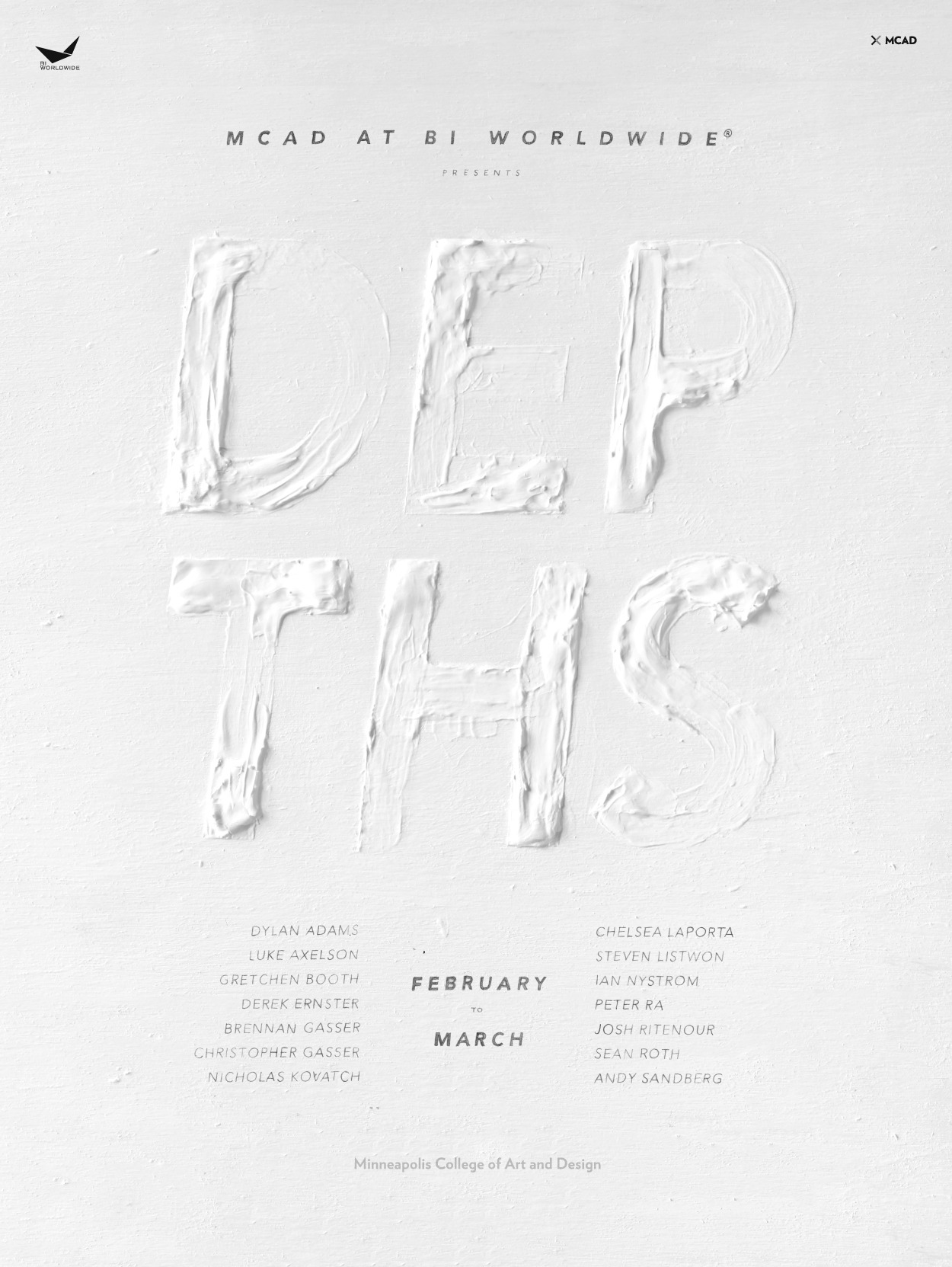
Image by Tumblr
When the tactile texture is used in graphic design, it can create a unique tactile quality.
You can also apply tactile texture in your designs to greatly convey an elegance that visual design alone cannot achieve.
Paper Texture
It is one of the most exquisite background choices for cutting-edge design projects that can create visually compelling and minimalist designs. If truth be told, the paper is an excellent addition to all design styles and works best to create a sense of crisp realism to any graphic design project.
Have a look at this stationery design of Foreign Policy.
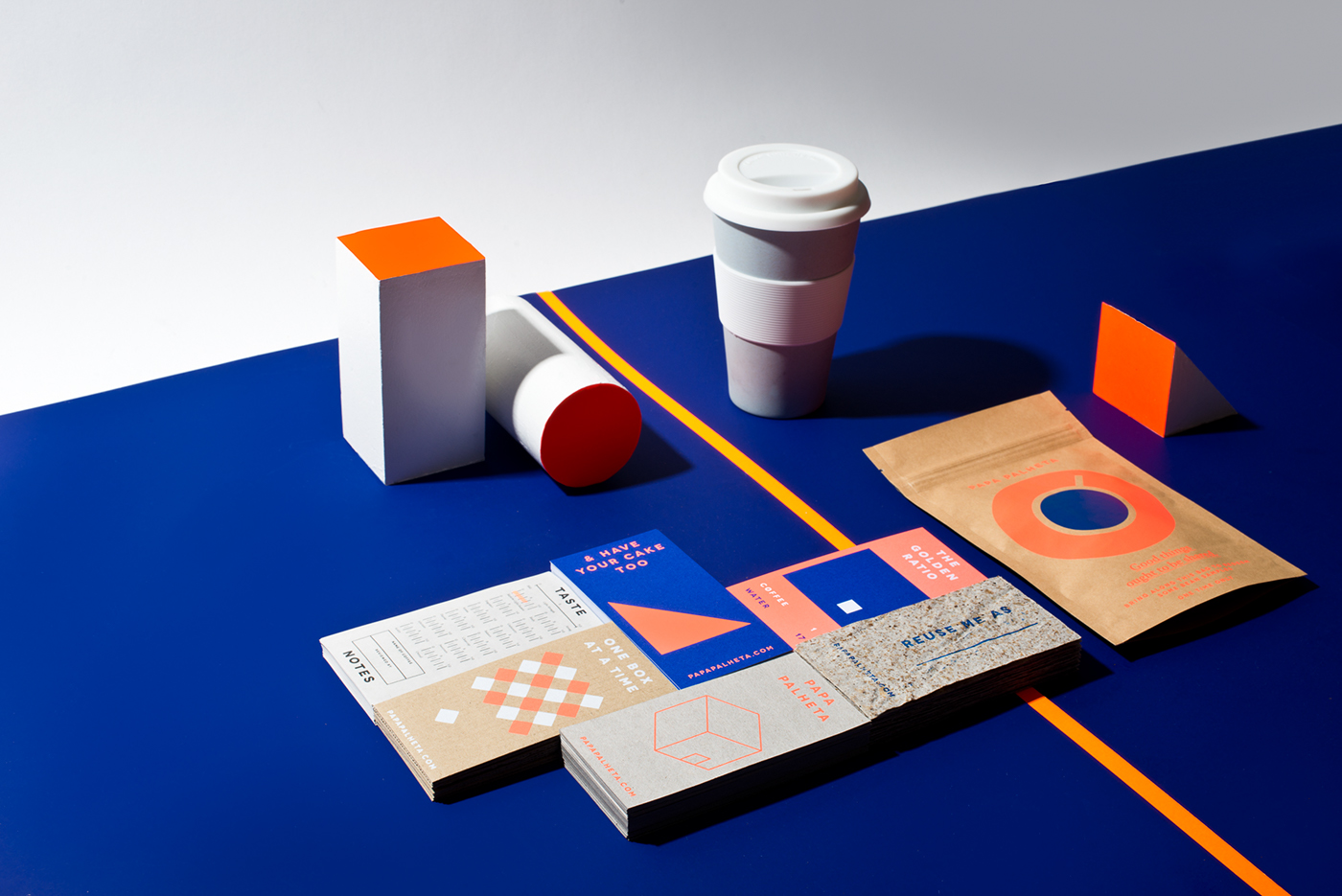
Image by Behance
This stationery design has leveraged paper texture and is printed on different paper types. This effect can only be attained with the use of natural paper texture as a background for the designs. By using different types of paper types, you can jiggle around with the texture and clearly send the message you want to convey with the design.
Fabric Texture
Using a fabric texture on your website can make the design elegant, fun and real. Be it denim, leather, ribbons, buttons and retro badges, fabric texture can add a sense of realism to your website.
Take a look at the website of Frosted Robin.
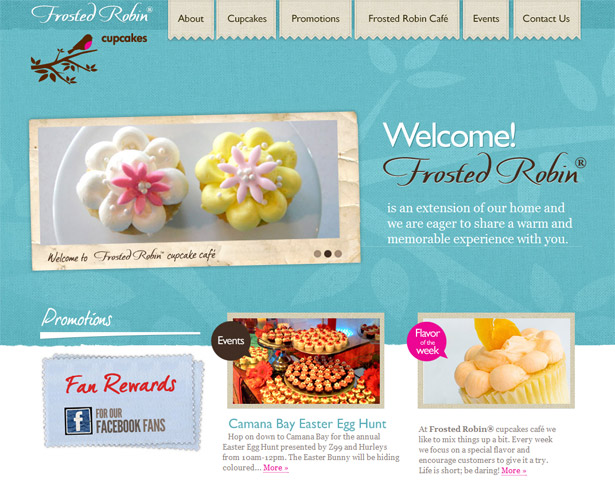
Image by howdesign
The cupcake company has used fabric texture to reinforce their unique style. The fabric feels very much like a tablecloth and the hues truly convey a hip and reliable brand feel.

Image by 99designs
I think no design product can better epitomize fabric texture than books. Look at the hardcovers fabricated from woven fabrics in which designers have used texture in the form of raised letters.
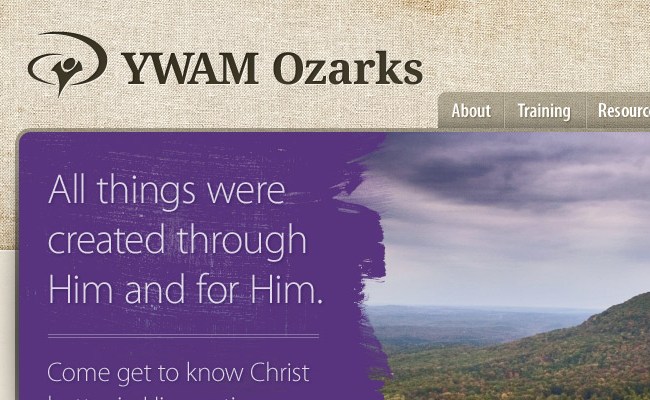
Image by aws.amazon
YWAM Ozarks used a fabric texture background and a brush stroke that is created by photoshop brush for their website.
Final Thoughts
Believe it or not, one of the most effective and powerful ways to give your website an enticing and warm feel is to implement textures. If used correctly, it can create an organic, lifelike and out-of-the-box experience, but if overdone, it can simply lead to a tacky mess.
There are tons of variety in the way textures can be used, but the above-cited ones are the most common texture types used by web design agencies. Each type has its own purpose and function, it’s totally up to you to decide the one that best suits with your website design.






